This article may contain affiliate links.
Updated: November 9, 2025
If you think Europe is only worth visiting in summer, you’ll be surprised by how magical it can be under the snow. Winter has its own charm — sparkling cities, snowy landscapes, Christmas markets, and even the chance to see the Northern Lights or relax in a thermal bath.
It’s also one of the best times to save money, since flights and accommodation are usually cheaper after the holidays.
In this guide, I’m sharing my best travel tips for Europe in winter — how to dress to stay warm, what to do, how to plan your days, and where to buy quality winter clothes once you’re there. Everything you need for a cozy, comfortable trip full of unique experiences.
When is winter in Europe?
Winter in Europe runs roughly from December 21 to March 20, although temperatures and weather vary greatly depending on the region.
In the Nordic countries like Norway, Sweden, or Finland, it can get extremely cold, dropping below –20 °C (–4 °F). Meanwhile, in southern Europe — Spain, Italy, or Portugal — winters are much milder, and temperatures rarely fall below 0 °C (32 °F).
Here’s a quick overview:
- Very cold: Nordic countries and mountain areas (Alps, Pyrenees, northern Italy).
- Moderate cold: Central and Western Europe (France, Germany, Belgium, England).
- Mild: Mediterranean region (Spain, southern Italy, Greece, Portugal).
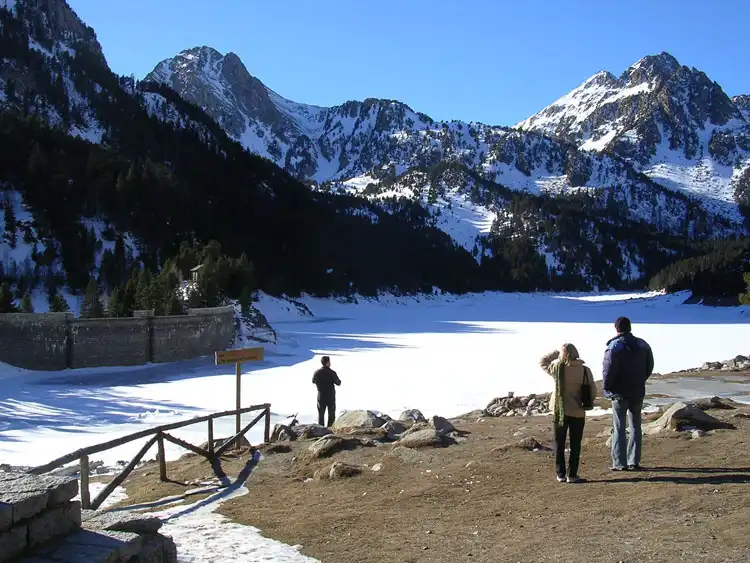
Other things to keep in mind:
- Rain: Northern Europe tends to be rainier, with fewer sunny days — especially in cities like Paris, Brussels, Amsterdam, and London.
- Daylight hours: Days are much shorter. In London or Berlin, it can get dark around 4 p.m., while in southern cities like Rome or Lisbon there’s a bit more daylight.
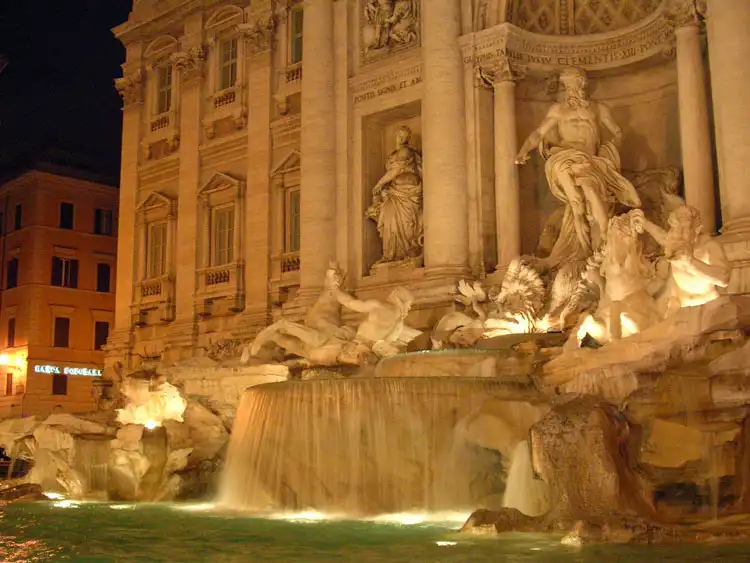
Travel Tips for Europe in Winter
1. Warm clothing
The most important thing when traveling to Europe in winter is choosing the right clothes. Dressing properly will make all the difference between enjoying your trip or feeling cold all the time.
🔹 What to wear in Europe in winter
Here are some clothes I recommend bringing:
- Thermal underwear , such as long-sleeved tops and leggings. If you’re a man and prefer not to wear leggings, go for long underwear instead.
- Wool sweaters or jumpers, much warmer than synthetic fabrics.
- Fleece or warm sweatshirt, perfect for layering.
- Waterproof and windproof jacketto protect you from rain and snow.
- Light down jacket, great for layering under your main coat without taking up much space.
If you can’t find these items where you live or prefer to buy them once in Europe, you’ll find a list of good stores with quality and fair prices at the end of this article.

🔹 Shoes for winter in Europe
Good footwear is essential. Choose waterproof boots or ankle boots with non-slip soles (to avoid slipping on ice) and warm lining to keep your feet comfortable. That way, you’ll be ready for both rain and snow.
🔹 Must-have accessories

Don’t forget a small umbrella, a scarf, hat, and gloves. And even though it’s not directly related to the cold, a travel money belt is great for keeping your cash, cards, and passport safe. In winter, you can easily wear it under your clothes without it being noticeable.
👉 Quick Europe winter packing list

👍 My two cents: If you’re looking to stay connected during your trip 🤳 I recommend this eSIM for Europe with unlimited data—it works perfectly. Just use that link for a 5% discount. If you're looking for a budget-friendly alternative this other eSIM starts at 4,5 euros.
2. Layers of clothing
One of the best travel tips for Europe in winter is to dress in layers. This way, you can easily adapt to changing temperatures, especially if you’re visiting countries with very different climates.
Outdoors, you’ll need several layers to stay warm, but once you step into restaurants, shops, or museums, the heating is usually high, and you’ll want to take off a few pieces.
That’s why lightweight items like a down jacket are so practical — you can wear it under your main coat when it’s freezing, or roll it up (like mine in the photo below) and fit it easily into your backpack when you don’t need it.

3. Plan your visits
To make the most of your winter trip to Europe, plan your activities around daylight hours and weather conditions.
Check the forecast and save sunny days for outdoor plans, like going up the Eiffel Tower or visiting viewpoints. On cloudy or rainy days, spend time in museums or cozy cafes.
It’s also smart to stay flexible, since snowstorms or fog can change your plans. Having a Plan B will save you stress and help you keep enjoying your trip.

🤑 If you want to save on your next adventure, use this link from Booking to get 15% off your stay.
4. Driving
If you’re planning to drive, remember that ice and fog are two of the biggest winter hazards on European roads. Ice makes the pavement slippery, and visibility can drop suddenly.
If you don’t have experience driving in these conditions, it’s safer to use public transport, which works great in Europe, or join day trips. That way, you can skip the stress and simply enjoy the scenery.
If you decide to rent a car in Europe, I recommend this website, which offers affordable prices.
5. Activities and shows
Europe in winter offers plenty of indoor activities — concerts, operas, theater performances, and all kinds of shows. It’s also a great time to enjoy local food and drinks in warm, cozy settings.
Some popular experiences worth trying:
- London: Madame Tussauds wax museum.
- Madrid: Flamenco show with dinner.
- Paris: cabaret at the Moulin Rouge.
- Dublin: visit to the Guinness Storehouse.
These are perfect for staying warm while experiencing the culture of each city.
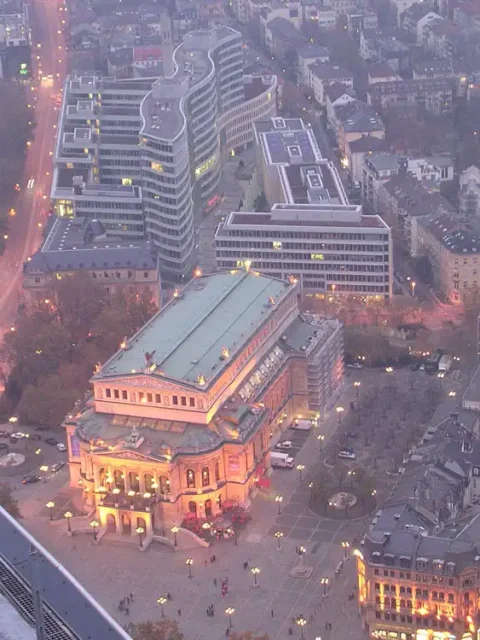
6. Museums
European cities are full of amazing museums, and winter is the perfect season to visit them. You’ll stay warm indoors and enjoy the exhibits without the usual crowds.
Some of the most famous ones:
- Louvre (Paris)
- Prado Museum (Madrid)
- British Museum (London)
👍 Friendly Tip: Many museums offer free entry on certain days or times during winter — something not every traveler knows!

7. Quirky museums
If art museums aren’t your thing, Europe has plenty of fun and unusual ones. Here are a few examples:
- Choco-Story Chocolate Museum (Brussels) — perfect for chocolate lovers
- Paris Sewer Museum — strange but fascinating, and surprisingly warm underground
- Comic Strip Museum (Brussels) — with characters like Tintin and the Smurfs
- Torture Museum (Amsterdam) — for the brave only
- Museum of Broken Relationships (Zagreb) — touching and truly unique
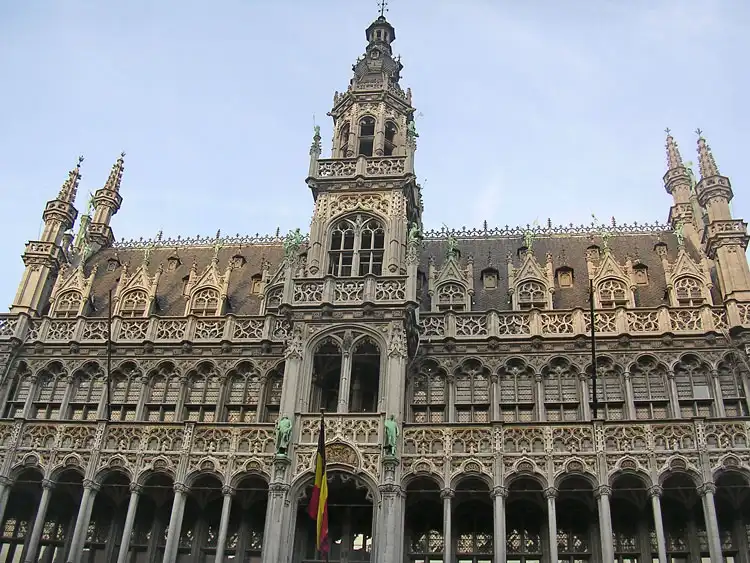
8. Coffee breaks
There’s nothing better than a coffee, tea, or hot chocolate to warm up between walks — and it’s a great excuse to take a short break.
If you’re traveling on a budget, fast-food chains can be a good option. For example, in London a coffee might cost between £2 and £5, but at McDonald’s it’s around £1.20 and actually quite good.
In countries like Spain, Italy, and Portugal, you’ll find local cafés with better prices and a more authentic atmosphere.
9. Historic cafes
If you’re looking for something special, Europe is full of historic cafés full of charm. They can be a bit pricey, but they’re worth it for the atmosphere and the photos.
Some of my favorite cafes are:
- Caffè Florian (Venice) – the oldest cafe in Europe.
- Central Café (Vienna) – once a meeting place for artists and writers.
- Café de la Paix (Paris) – elegant and timeless.
- New York Café (Budapest) – considered one of the most beautiful in the world.
- Els Quatre Gats (Barcelona) – was Picasso favorites.
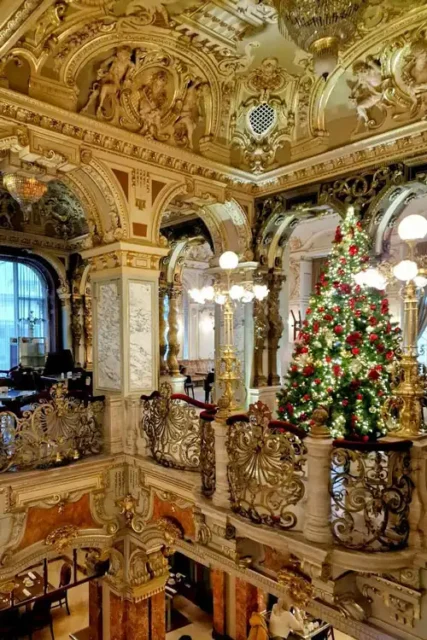
10. Christmas Markets
If you’re traveling to Europe in winter, between late November and early January, don’t miss the Christmas markets. They’re filled with lights, music, and delicious seasonal food.
Some of the most famous ones are in Strasbourg, Vienna, Prague, Cologne, and Tallinn, though you’ll find smaller ones in almost every city.

Try the spiced hot wine (known as Glühwein or mulled wine), a traditional drink made with cinnamon, orange, and star anise. It might sound unusual at first, but once you try it, you’ll see why everyone loves it — it’s warm, cozy, and delicious! 😋
11. Winter sports
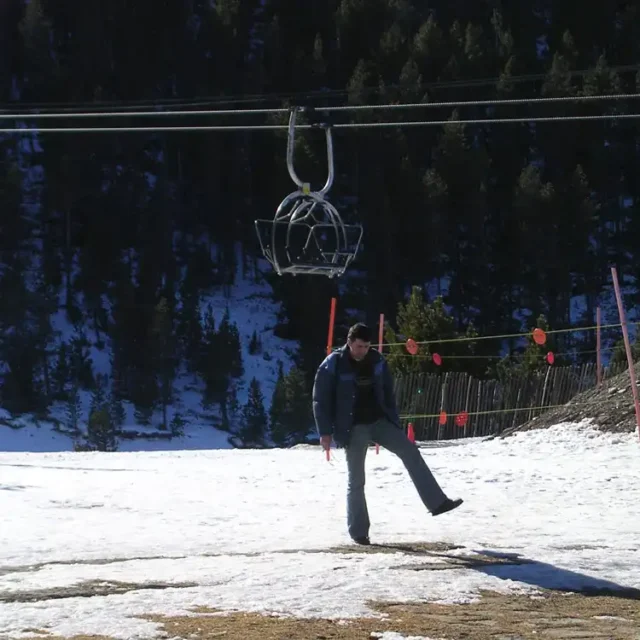
If you love snow, winter in Europe is your season. You can go skiing, snowboarding, or snowshoeing in some of the continent’s most stunning landscapes.
Some of the best destinations include:
- Swiss Alps – slopes for all levels and breathtaking views.
- Pyrenees – great options in France, Spain, and Andorra.
- Carpathians – in Romania, Ukraine, and Slovakia, usually more affordable.
- Caucasus Mountains – in Georgia, with high peaks and fewer crowds.

⭐ You might also like my Georgia travel guide, where you will find most of the articles I wrote about the country.
12. Northern Lights
The Northern Lights are one of the most magical natural displays you can experience in a winter trip to Europe.
The best places to see them are Finland, Norway, Sweden, and Iceland. You can check all the guided Northern Lights tours options here, that include warm thermal gear and hot drinks. 😍
There’s never a 100% guarantee, but traveling between November and March gives you the best chance. And trust me — watching the sky turn green and violet is something you’ll never forget.

13. Thermal baths
If you need to warm up, thermal baths are one of the most relaxing experiences you can enjoy in winter. They’re not only soothing but often have healing properties too.
Some of the best ones are:
- Széchenyi Baths (Budapest) – the largest in Europe, with water between 38–40 °C.
- Blue Lagoon (Iceland) – a unique geothermal spa surrounded by volcanic landscapes.
- Saturnia Thermal Baths (Italy) – natural outdoor pools with mineral-rich water at 38 °C.
👍 My two cents: Bring flip-flops and a towel — they’re not always included in the entry fee.

14. Travel insurance
Finally, don’t forget to get travel insurance. In winter, it’s easier to catch a cold or slip on ice, and it’s also mandatory to enter Europe if you’re coming from certain countries.
Even if no one asks for it at the border, it’s better to be safe. A good policy covers not only medical expenses but also lost luggage, cancellations, or flight delays.

I always use and recommend Heymondo, an international insurance company that specializes in travel coverage. They offer excellent protection and 24-hour assistance, even with their basic plan. You can get a quote through this link — it already includes a 5% discount.
If you’re looking for a more affordable option, this travel insurance for backpackers is a great choice.
FAQs
The most affordable months are usually January (after the holidays), February, and the first half of March.
During this time, flight and accommodation prices drop since most people travel between December and New Year’s, when everything is more expensive.
Even if you’re traveling through Europe in winter, you don’t need a huge suitcase. A carry-on bag and a small backpack are enough if you pack smart.
Some saving space tricks:
– Roll up your clothes and use packing cubes.
– Wear your bulkiest items (coat and boots).
– Skip the hairdryer or straightener — most accommodations already have them.
– Bring versatile clothes you can mix and match, and plan to do laundry every few days.
👍 Friendly Tip: Packing enough for five days is plenty, no matter how long your trip is.
If you prefer to shop once you’re there, these stores are great options:
– Decathlon: : thermal and technical clothing, great quality at low prices.
– H&M: sweaters, long underwear, and accessories like gloves and scarves.
– Benetton: good quality wool garments, a bit more expensive.
– Uniqlo: excellent for thermal tops, leggings, and lightweight down jackets.
– Zara, Mango or Stradivarius: great for coats and casual pieces.
💸 Useful tip: Winter sales start around January 7, and you can often find great discounts. 🤑
Final Thoughts
A winter trip to Europe might seem like a challenge, but it’s actually one of the most magical times of the year. If you dress properly, plan according to the weather, and enjoy indoor activities, the cold won’t be a problem.
I hope these travel tips for Europe in winter help you make the most of your trip, take beautiful photos, and enjoy experiences that only the European winter can offer.
If you have any questions, leave a comment below — and if you found this article helpful, share it with other travelers. Have a wonderful winter trip! ⛄
More about Europe in winter and travel tips

Hi, I’m Andrea, creator and author of Viajeros Activos (Active Travelers). I write about Southeast Asia, the Caucasus, and Europe. I’m a full-time traveler, passionate about good food, and always looking for new adventures.


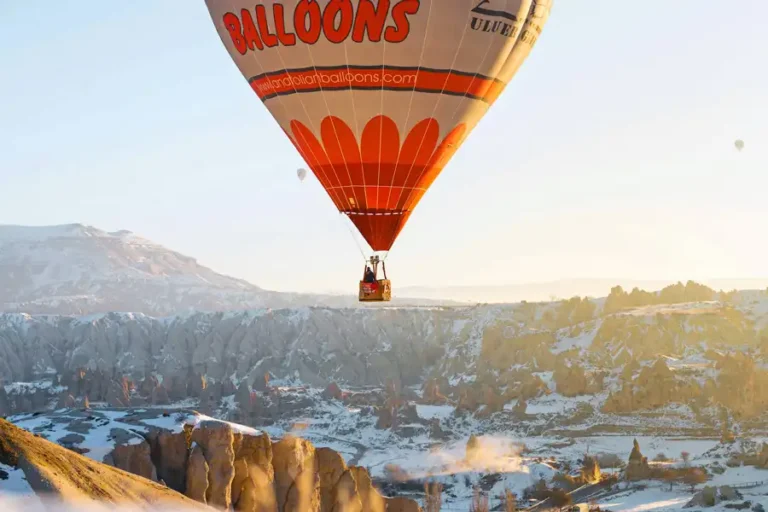
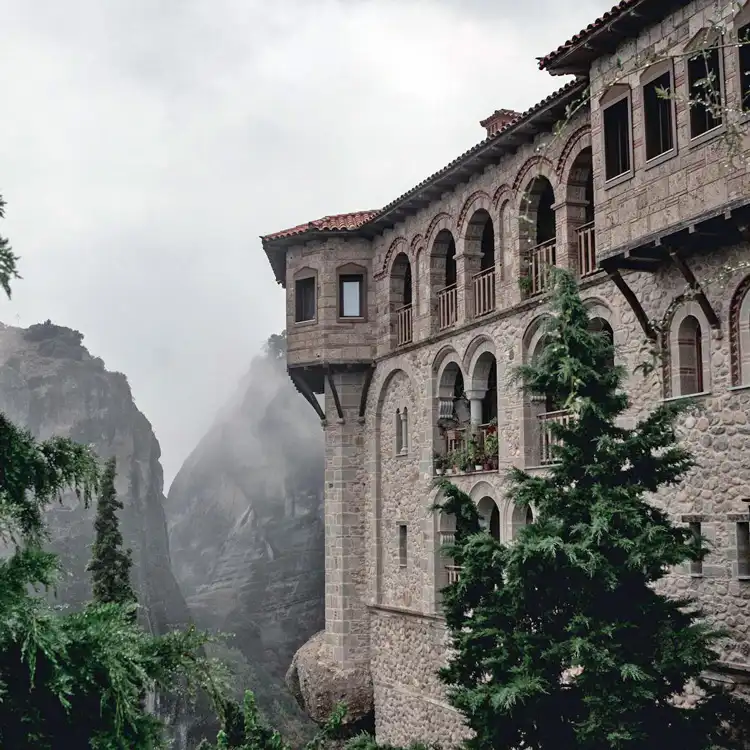
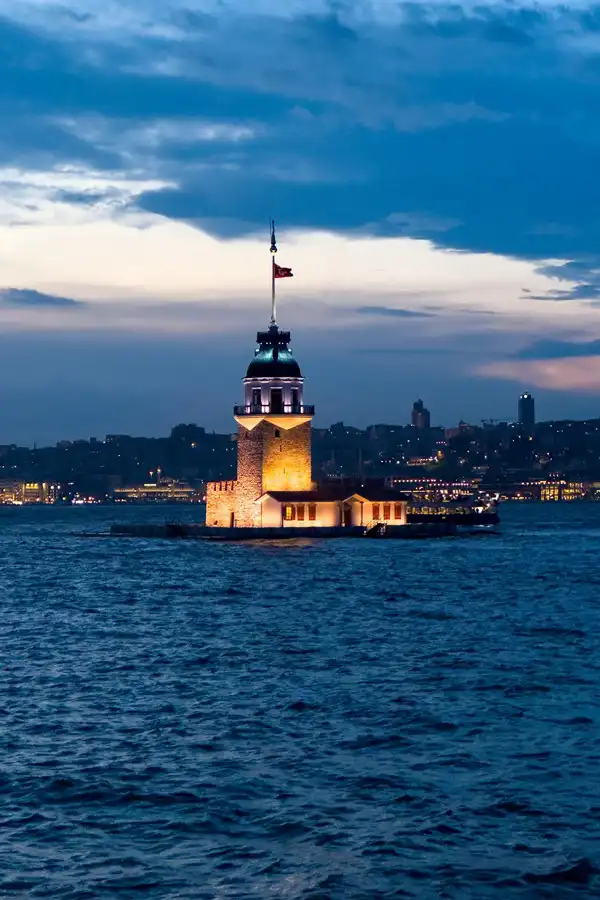

Hello, I'm traveling in December. I would like you to advise me on how I can go to the Saturnia hot springs from Rome or Florence. Thank you.
Hello Viviana
The thermal baths of Saturnia are spectacular!
To get to the Saturnia hot springs, it is best to drive or take the tour from Florence that I recommend in the article (I just updated it).
The problem is that there is no direct public transport to Saturnia from Rome or Florence, you have to make at least 2 transfers.
From Florence you have to go to Grosseto, search this website transportation options.
I can't tell you more, because I found it complicated and in the end I didn't use public transport.
Have a good trip!
Hello Andrea!
I'm planning my Eurotrip in winter and I was a little bit scared about the cold because I want to go to Switzerland. But your guide encourages me a lot!
Thank you for so many recommendations and especially everything about clothes, I didn't even know where to buy them.
By the way, my plan is to go to Spain, are those stores you mentioned there or will I have to wait until I go to Switzerland?
A hug from Colombia!
Hello Rosita
I'm glad the recommendations are useful to you.
Yes, you will find all these stores in both Madrid and Barcelona. If you change your destination, keep in mind that Uniqlo has only a few stores in Europe. You can check them on Google Maps.
Have a good trip!